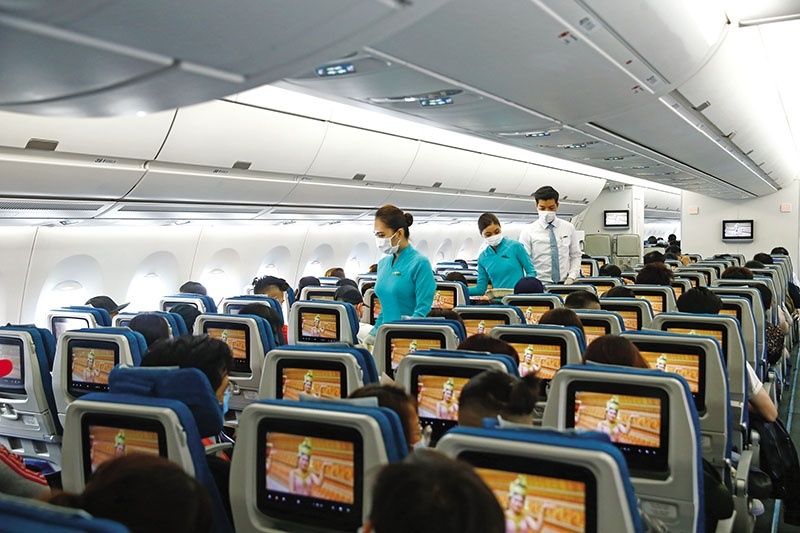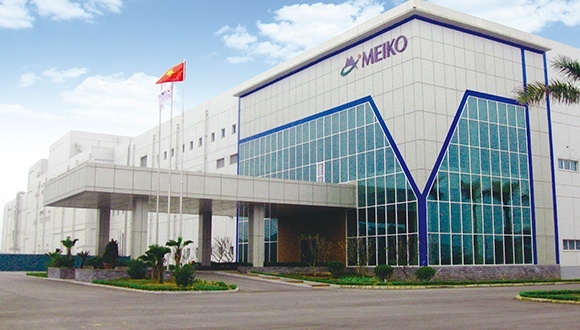Discounts accelerate bike sales
 The revival of the motorbike sector was attributed to the mass discount of retail prices to trigger demand.
The revival of the motorbike sector was attributed to the mass discount of retail prices to trigger demand.
"There is no other way to ignite demand than by cutting retail prices," said Pham Manh Sy, general director of the Viet Phu company, a prominent Yamaha retailer in Hanoi.
Sy told the English-language daily Vietnam News that economic difficulties and increasing cases of motorbike fires had decelerated the market.
"However, the appeal of lower prices drew buyers back," he added.
Sy said retail prices of some models were cut from 5 to 10 per cent.
Meanwhile, the country imported 5,000 complete-built-unit (CBU) motorbikes worth $8 million last month, according to the GSO.
While the figure represents a 70 per cent rise in volume and 100 per cent increase in value over December 2011, it also represents a 69.5 per cent drop in volume and a 71 per cent decline in value over the corresponding period last year.
According to the Ministry of Transport, as many as 35 million motorbikes now run throughout the country.
The Ministry of Industry and Trade predicted that Vietnam would have a population of 99.6 million and 33.5 million motorbikes by 2020, or one motorbike for every 2.97 people.
Most big scooter brand names in Hanoi have seen sharp decreases in sales prices, some experiencing drops of 10 million VND ($476) lower than proposed prices.
Many scooter retailers in the capital said it has been an unusually quiet time for the market. A scooter trader in Hue Street said several people rushed to buy motorbikes before the end of last year to avoid increasing fees of registration.
A HEAD retailer in Giai Phong Street said the number of scooters provided from producers to retailers had risen, causing a surplus of products due to low demand.
What the stars mean:
★ Poor ★ ★ Promising ★★★ Good ★★★★ Very good ★★★★★ Exceptional
Latest News
More News
- Financial centres will ensure new standards (April 09, 2025 | 08:55)
- Spanish PM’s trip paves way for stronger cooperation with Vietnam (April 08, 2025 | 16:01)
- Ho Chi Minh City’s financial ambitions must possess the authority of the tiger (April 08, 2025 | 15:50)
- AmCham urges US to consider tariffs grace period (April 04, 2025 | 16:34)
- The Ministry of Finance commits to support Intel (April 04, 2025 | 16:11)
- Robust market could pull in fund appetites (April 04, 2025 | 15:52)
- Foreign direct investment off to stirring start in 2025 (April 04, 2025 | 15:44)
- Leaders vow to soothe FIE project headaches (April 04, 2025 | 15:10)
- Korean groups call for tax processes to be timely ironed out (April 04, 2025 | 15:01)
- Successful lifting of Long Thanh International Airport central terminal steel roof structure (April 04, 2025 | 12:00)

















 Mobile Version
Mobile Version